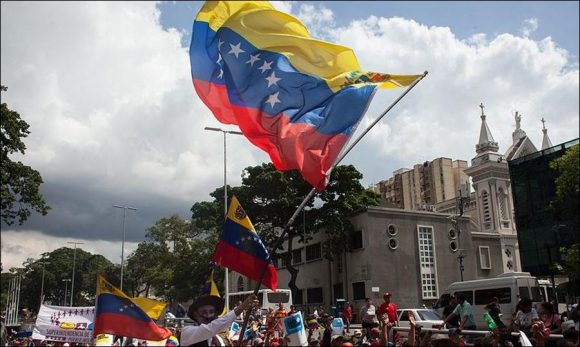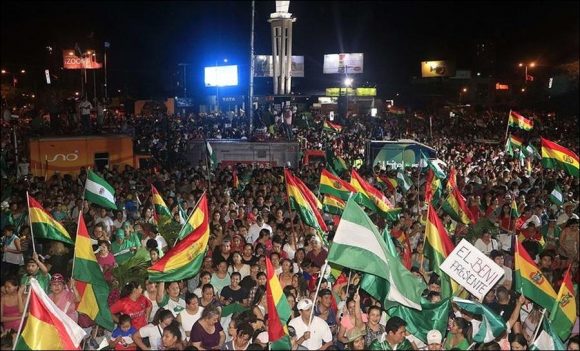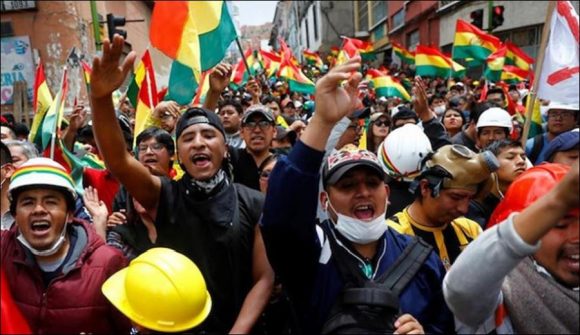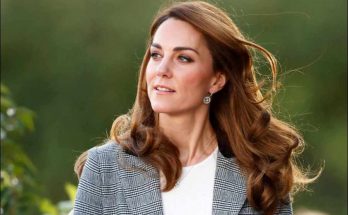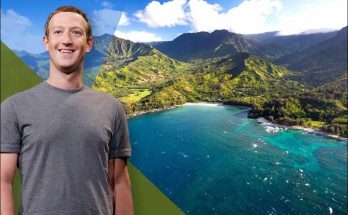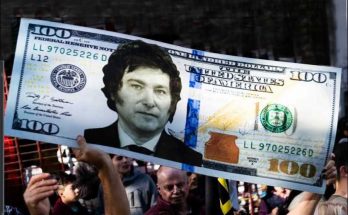In Bolivia, 3 people were killed and 383 were injured in the wave of violence that started with the descent of opponents claiming cheating in the general elections and the supporters of the victorious President Evo Morales. 221 people were detained in events that cost the country’s economy more than $200 million.
Bolivia, with its 11 million inhabitants at the summit of the Andes, pays Morales a heavy price in the political crisis that began after the October 20 General Elections, in which 7 million 315,000 voters voted for the fourth term in power, which seems to be far from being resolved.
Demonstrations that turn into stony battles between dissidents and Morales supporters in the country where the Organization of American States (OAS) Supervisory Board continues to work on the allegations of fraud are about to fill its third week.
3 people were killed in the violence wave so far 148 of Cochabamba, 128 of Santa Cruz, 79 of the capital La Paz, 28 of them in different regions, including 11 police officers 383 people were injured.
In 221 street detention and 25 arrests, only 12 people were hospitalized with the intervention of the police, but 371 people were injured in clashes between the groups.
8 journalists were injured in the incidents. Economy Minister Luis Arce Catacora, agriculture, animal husbandry, transportation and mining sector, hitting health and education activities to a large extent, and the spread of events across the country on October 23 loss of $12 million, he said.
It all started with the interruption of the election broadcast
The crisis began when the election authority interrupted the publication of the result that Morales went first with 45 per cent and Carlos Mesa with a second with 38 per cent, and that would appear in the second round, when the census reached 83 per cent.
Even though different explanations were made, the government finally justified the lack of infrastructure in the rural areas due to the late arrival of the data and the previous cut in the Bolivian elections was enough to mobilize the opposition, which began to claim cheating during the campaign.
When the publication came back, the OAS and the European Union, which observed the elections after the difference began to open in favor of Morales, claimed that the results had changed inexplicably against their own calculations without waiting for the official authorities of the country and announced that the elections should be taken to the second round.
Following these calls by the OAS and the EU, the opposition Mesa called for a general strike on 22 October. Describing the call as a coup attempt, Morales was declared a clear winner and re-president by the Supreme Election Court (TSE) on October 25th with 46.8 percent.
Morales began to mobilize workers and miners, especially the locals in the countryside, in the face of the “coup attempt” and called on international organizations to examine the election results on the same day.
The election audit, which OAS started on October 31 with the support of the United Nations and whose results will be announced next week, was not enough to reduce the opposition’s fever.
Camacho’s intensification of demonstrations
Luis Fernando Camacho, President of the Santa Cruz city of the right-wing Civil Committees, more active than Mesa on aggressive young dissidents, gave 48 hours to Morales to resign and called for a coup d’état.
“It’s not Evo Morales, it’s the power of this people. And they won’t leave the government.” Native American President Morales, Camacho did not resign, announced that they decided to radicalize the demonstrations.
Actors of the political fight
Morales, the most powerful political figure in Bolivia, won the 2005 election with 54 per cent, and the 2008 referendum he ran to run for the next term, with 67 per cent. Morales achieved a 64 percent victory in the 2009 elections, and was able to get the new constitution approved by 60 percent.
Morales was elected for the third time with 60 percent in 2014, and in the referendum he went to in 2016 to be elected for the fourth time, he met with 51 percent “no”.
Morales, despite the “no” result in the referendum last year, the Constitutional Court, “re-election is a human right,” thanks to the win, but the country was the fourth time in the last election, which confuses the country.
Journalist, filmmaker Mesa
Carlos Mesa, a journalist on the center left, became Vice President in 2002 under the government of former President Gonzalo Sanchez de Lozada.
In 2003, Mesa took up the post of President of the Republic with the protests led by Lozada, Evo Morales, the opponent of the time, against the decision to reduce salaries and sell natural gas through Chile. Mesa was criticized for carrying out “Constituent Assembly olmadan activities without the participation of the public and he resigned in 2005 as a result of the protests led by Morales.
Returning to art, culture and journalism, Mesa was commissioned by Morales in 2014 as a spokesman for Bolivia’s International Court of Justice in Chile to sail to the ocean. Thus, Mesa, once again gaining visibility in the country’s policy, became the name to unite the anti-Morales front and announced his candidacy last year.
Right-wing business man Camacho
Camacho, a 40-year-old leader of the right-wing and mostly wealthy Civil Committees, became the most influential dissident figure in the country with intensifying demonstrations.
The dark Catholic lawyer and businessman Camacho, who set his mind on giving Morales a symbolic resignation letter, sat on the agenda saying that they should prepare a list of enemies like Pablo Escobar, the drug baron who sucked Colombia into the blood.
Camacho, who was criticized by the Civil Committees in other cities for acting “per se”, threw bridges with opposition candidate Carlos Mesa, accused of working for “personal interest”. Camacho called on the Bolivian security forces many times to blow.
Visits: 124
